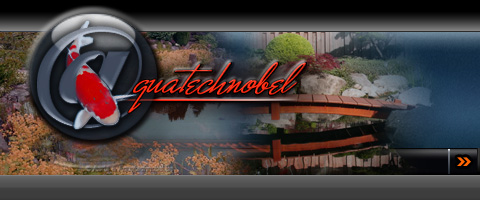| Bien souvent on me demande comment ce présente la
filtration chez les breeder au Japon, je vais vous présenté ce qui est
certainement le must en la matière basée sur une technologie de pointe
moderne, une vision qui commence à faire de plus en plus d'émules au Japon
ceci afin de palier à tous les problème de maladie de base que peuvent
rencontrer nos koi à la sortie d'un Mud pond
Cahier des charges
Sakai Fish Farm a fait très fort en la matière, en effet pour un des
derniers green house qui est énorme il fallait avoir une très grande
disponibilité en eau pour faire des changements continus.
- Tout est alimenté au départ d'une rivière, rivière contenant tous les
parasites possible et imaginable comme vous vous en douté.
- Il faudra une très grosse capacité car le green house est très grand
et contiens un nombre impressionnant de bassin, chaque bassin peut être
évalué à une capacité de 100 tonnes d'eau
- Ces bassins pourrons être fortement chargé avec des koi de grande
taille et permettra de maintenir cette forte population pour toute la
période de l'hiver
- les bassins seront chauffés afin de ne pas stopper le processus de
croissance des koi
Voyons tout cela
en détail
Often, people ask me « What kind of filtration do the Breeders use in Japan? », I will show you probably one of the best filtration system based on high technology. That is a way more and more breeders follows to copes with the illness the Koï can suffer when they come back from the mud ponds.
Conditions:
Sakai Fish Farm has set a very high level for one of their last Green House which is enormous they need to have a large amount of “ready to use” water to constantly renewal it.
- Everything starts with a river, with all the problems you can find in a wild river.
- They need a high filtration capacity because it is an enormous green house with a lot of ponds inside, each pond has a capacity of more or less 100 tons of water.
- In the ponds you will have a lot of large Koï, and you will have to keep that population all over the winter.
- The ponds will be heated during the winter to allow a continuous growing of the fishes.
We will now have a look in detail.
|



















